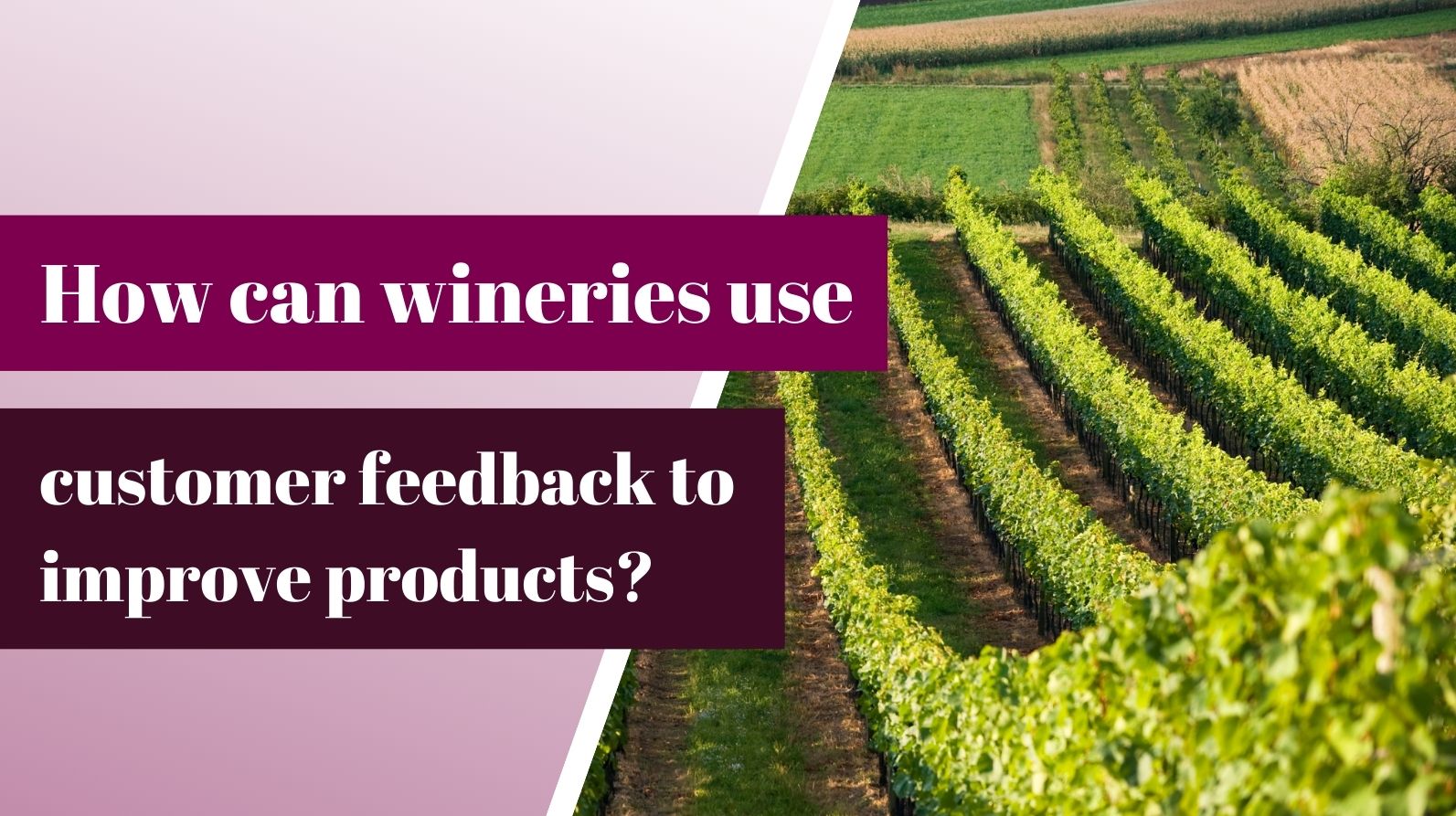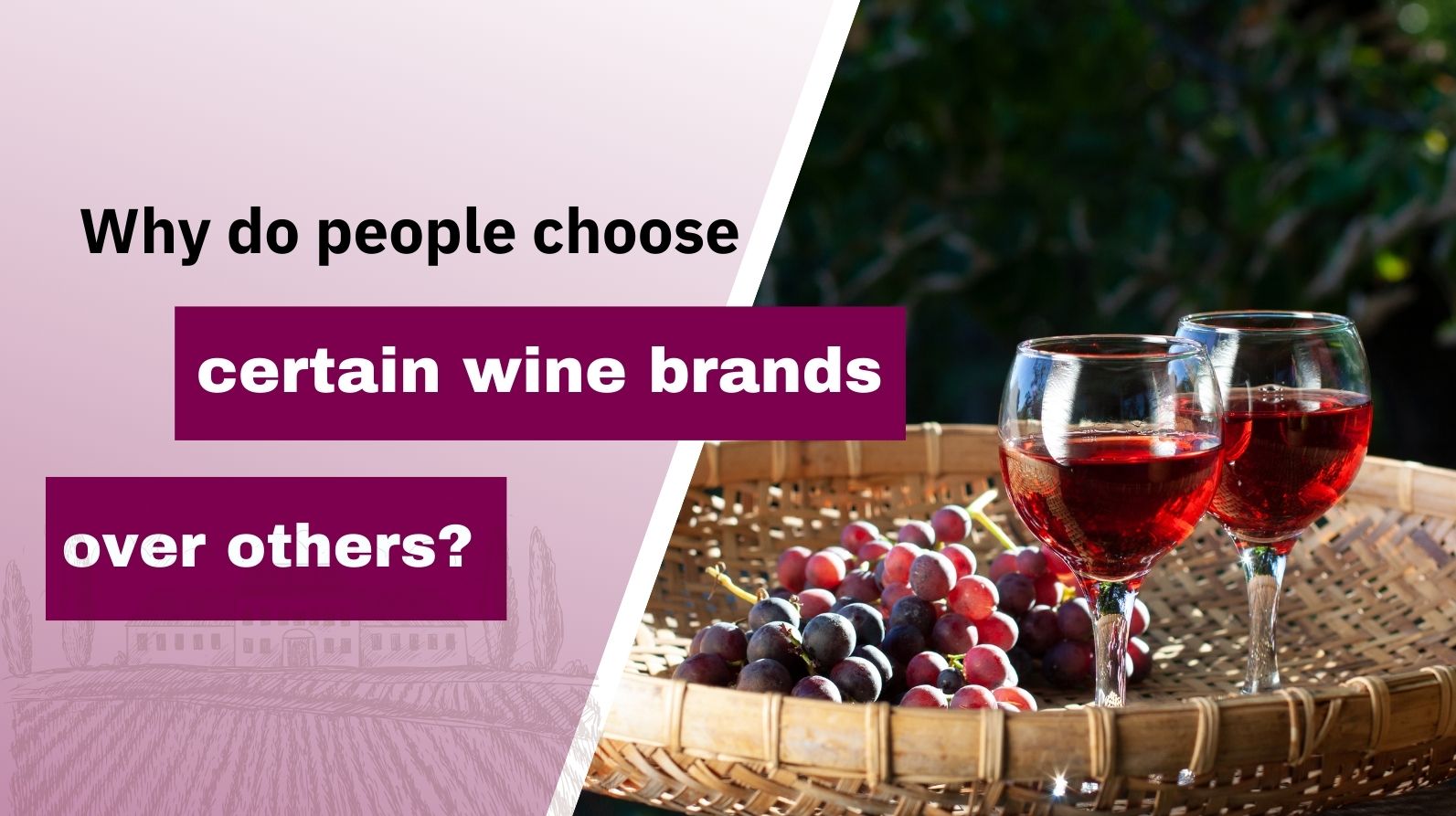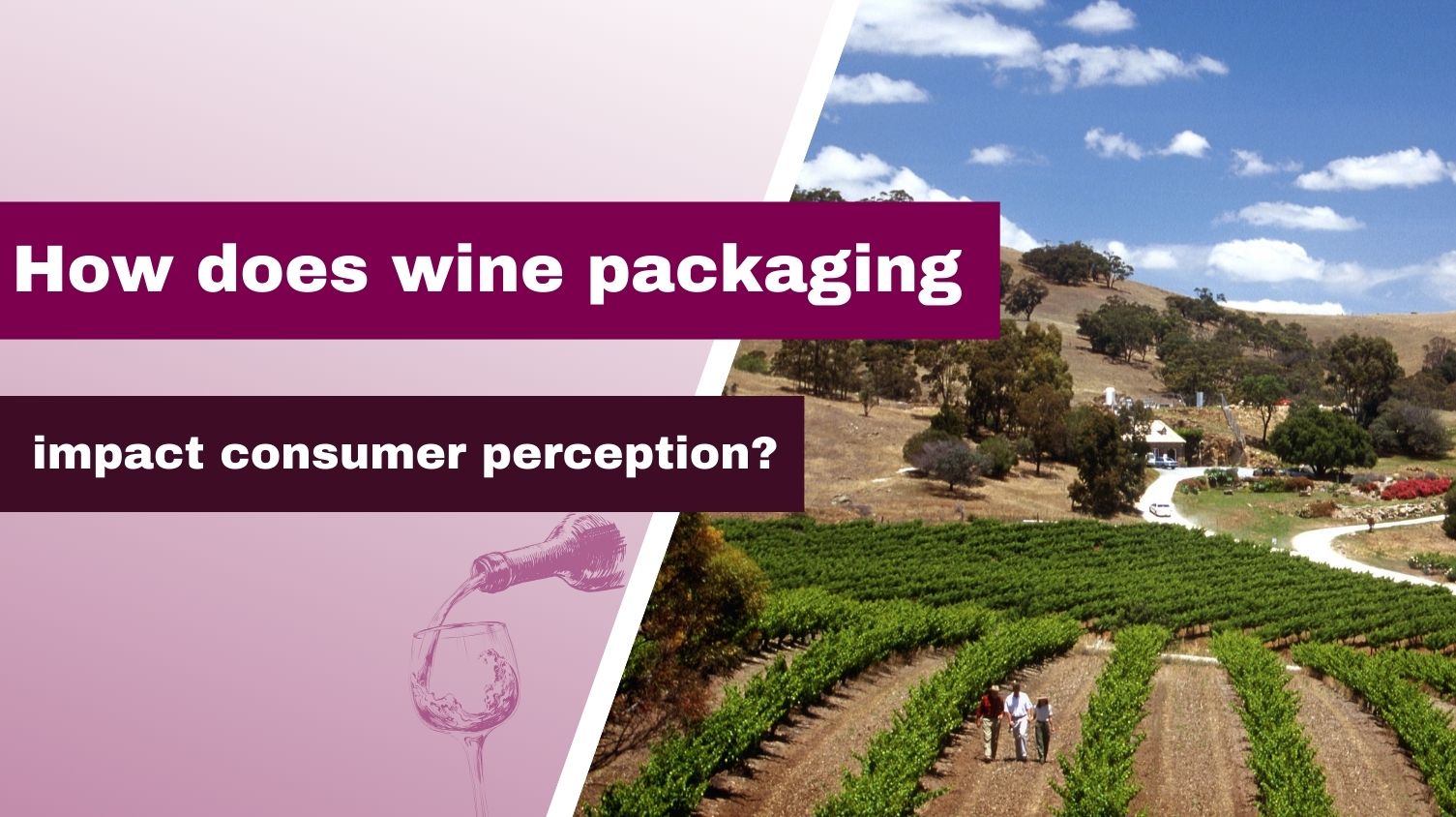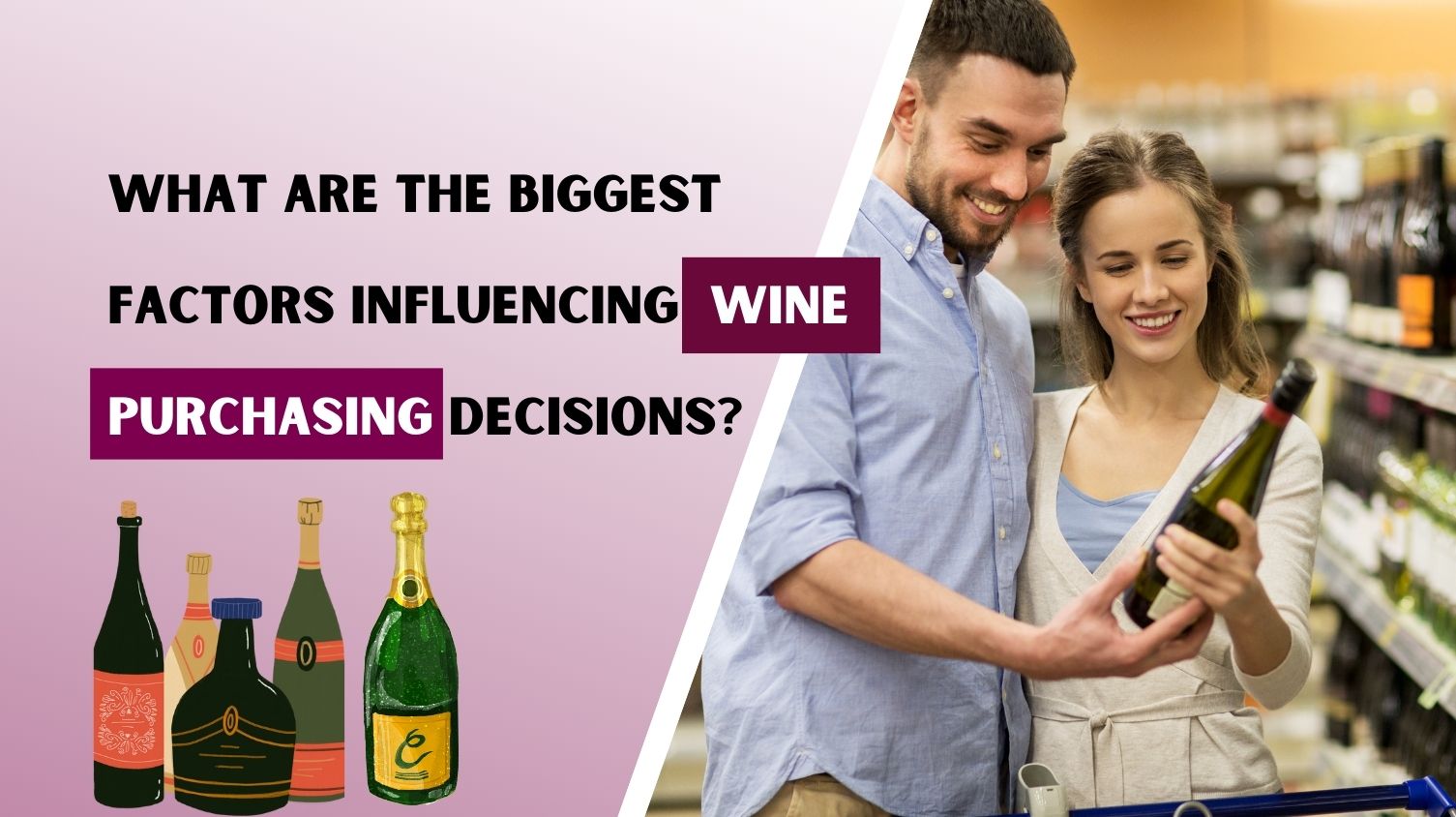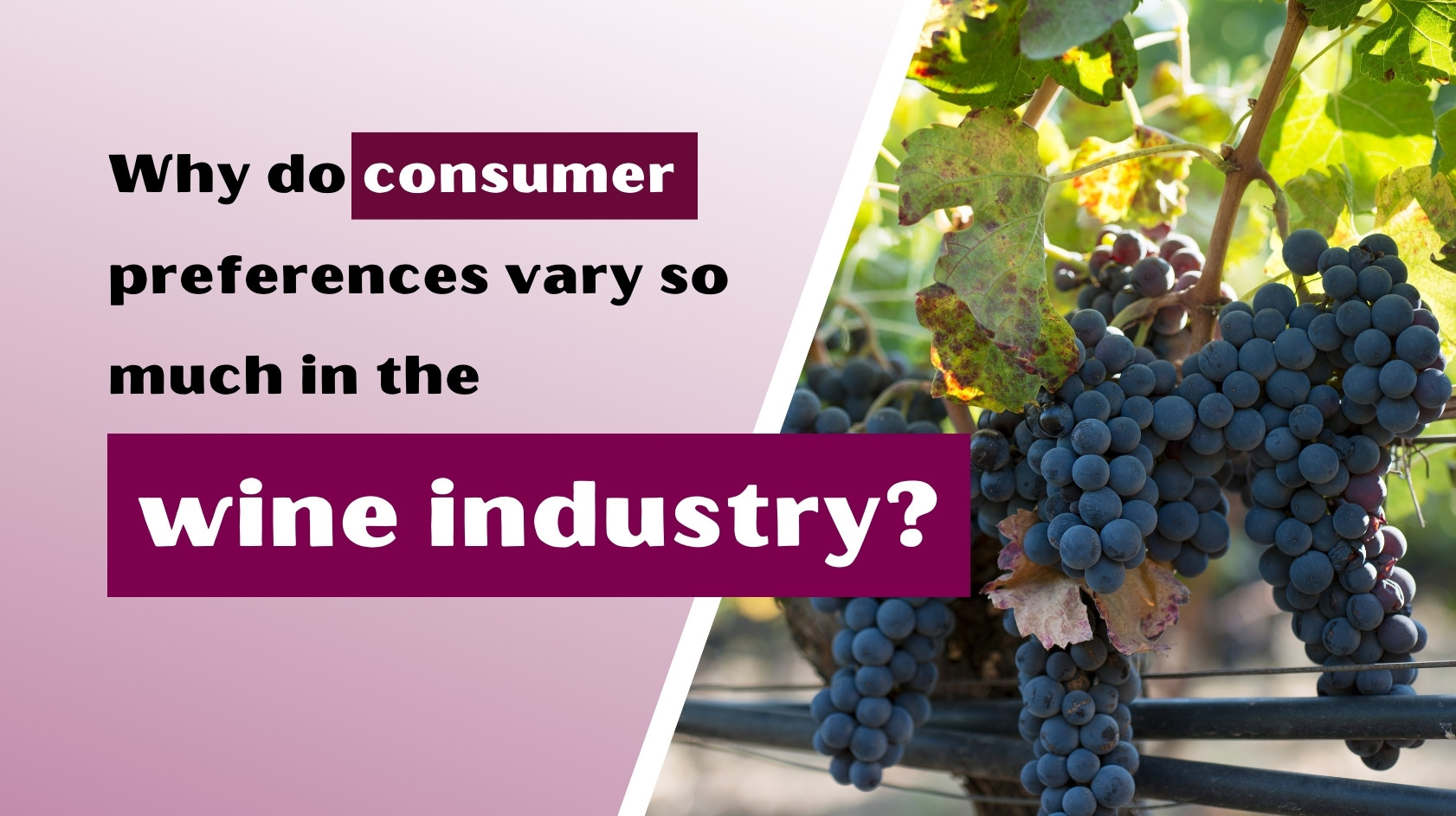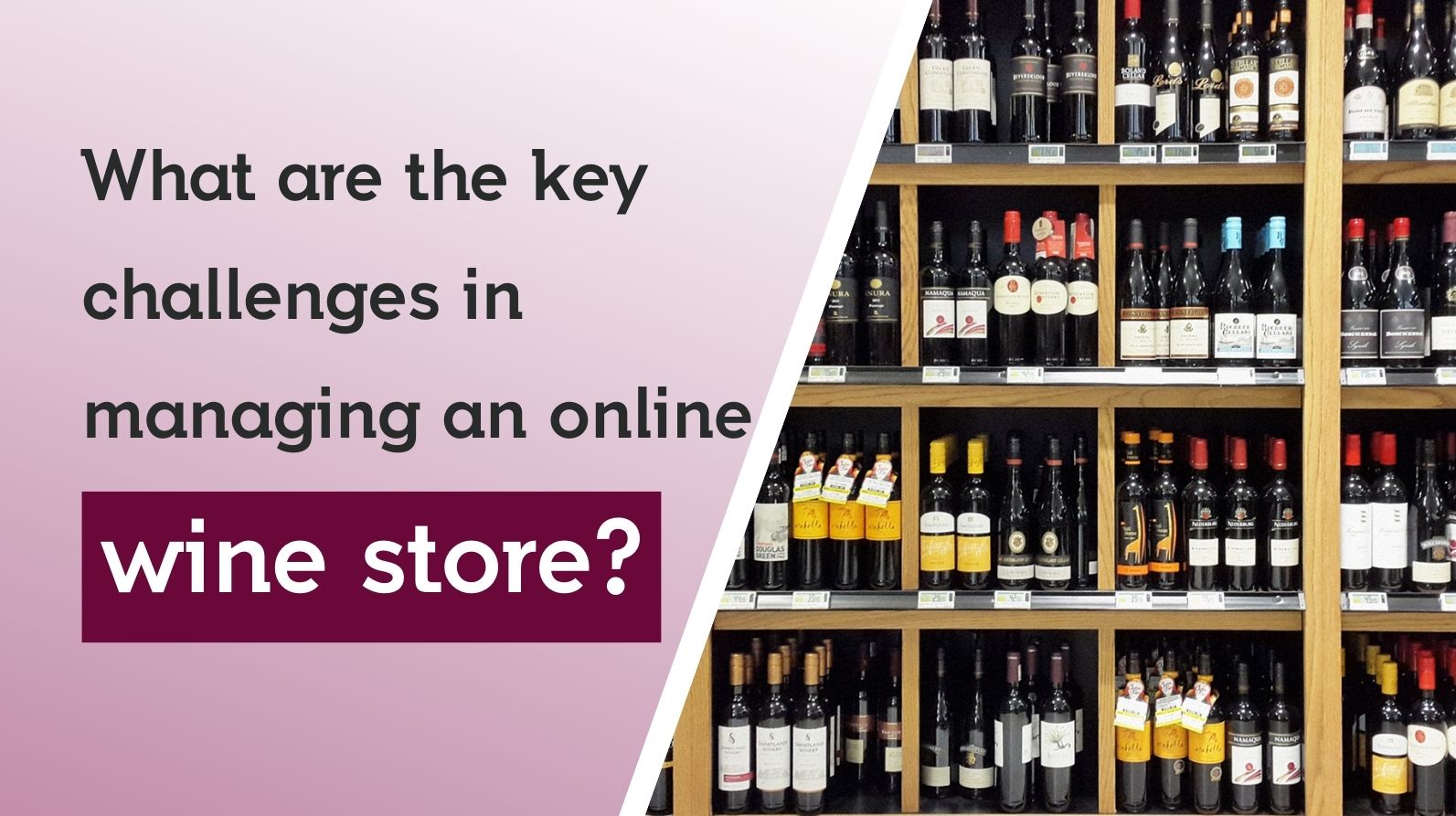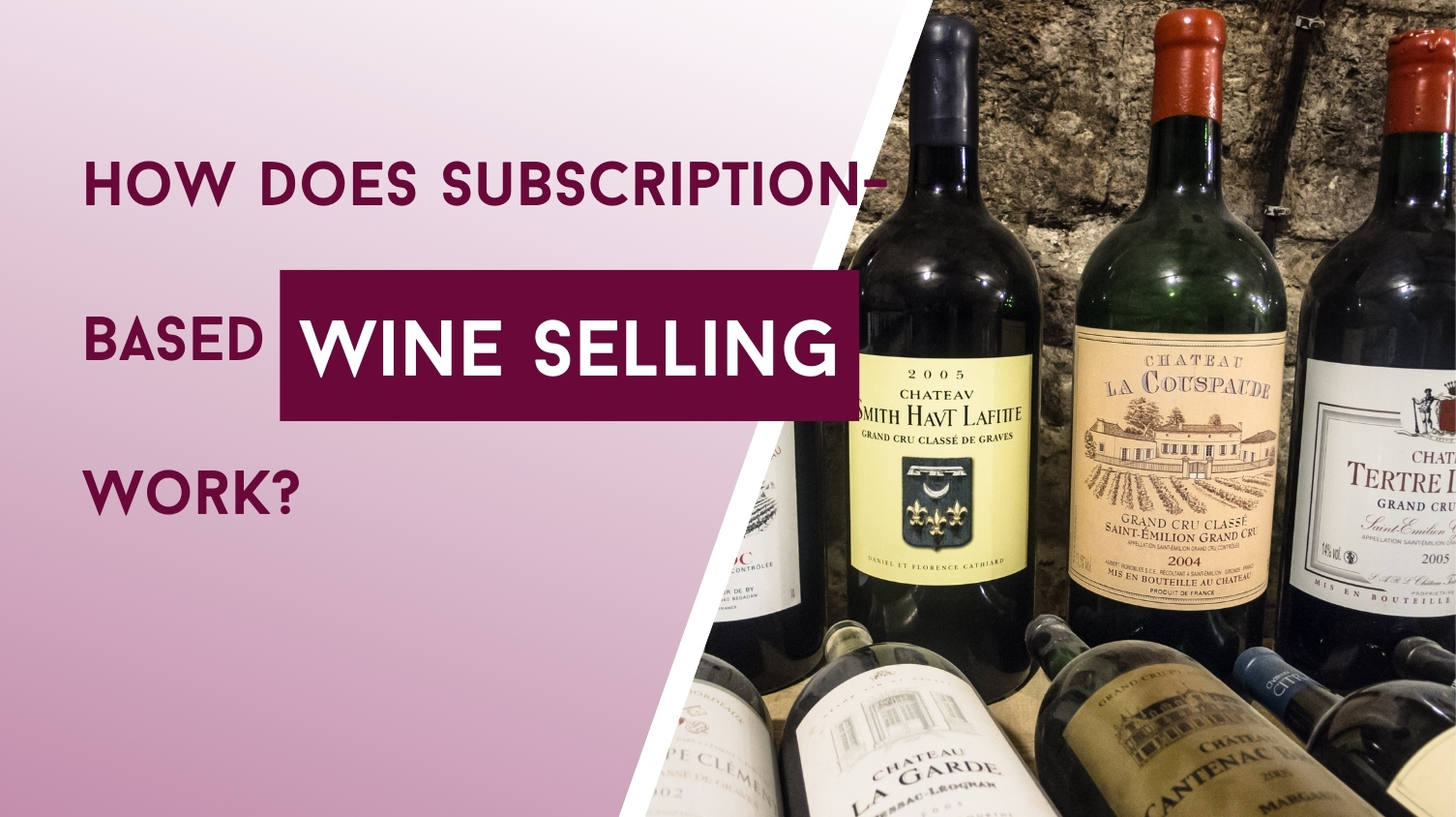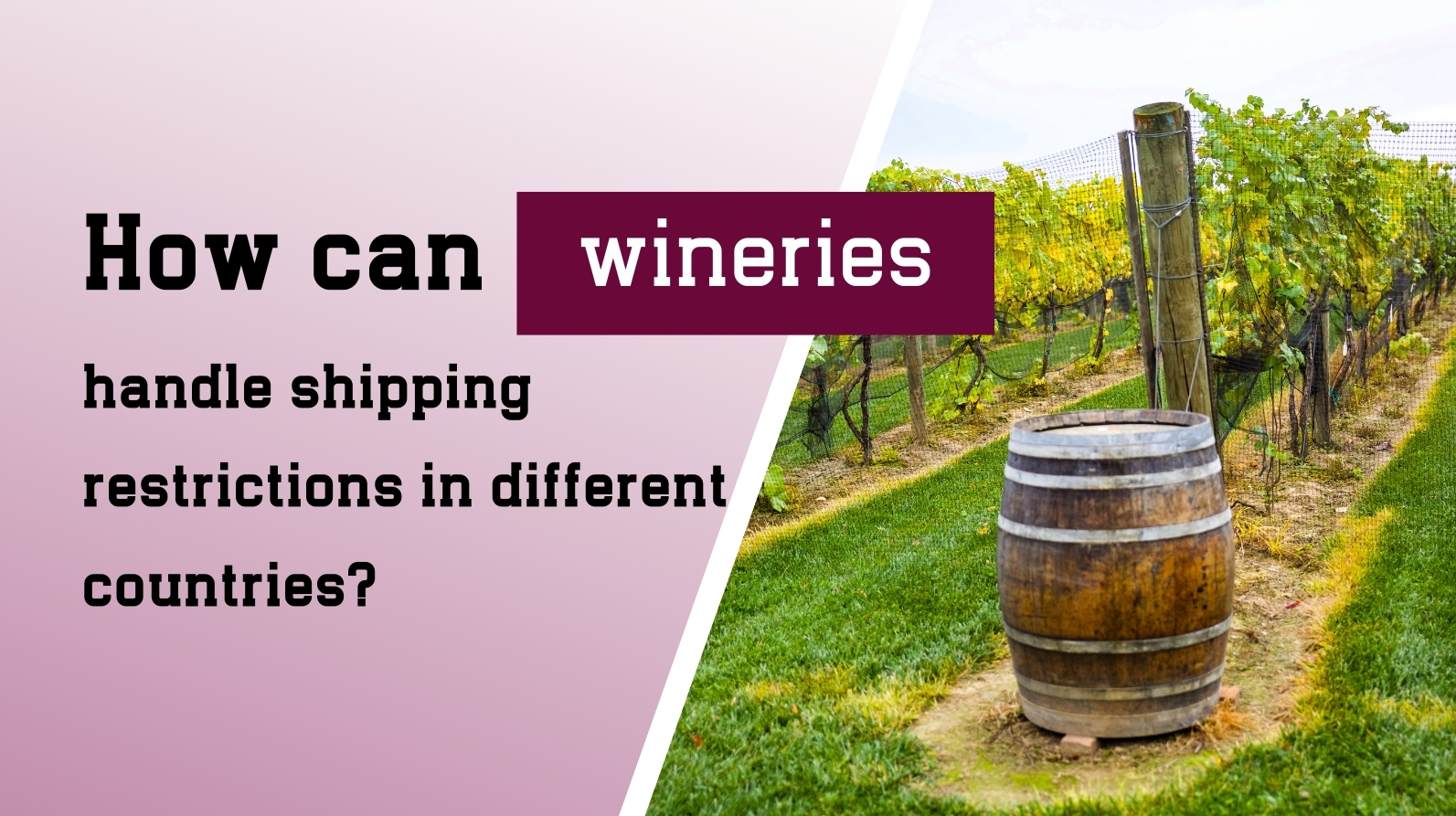Key Wine Industry Trends in 2025: What’s Changing?
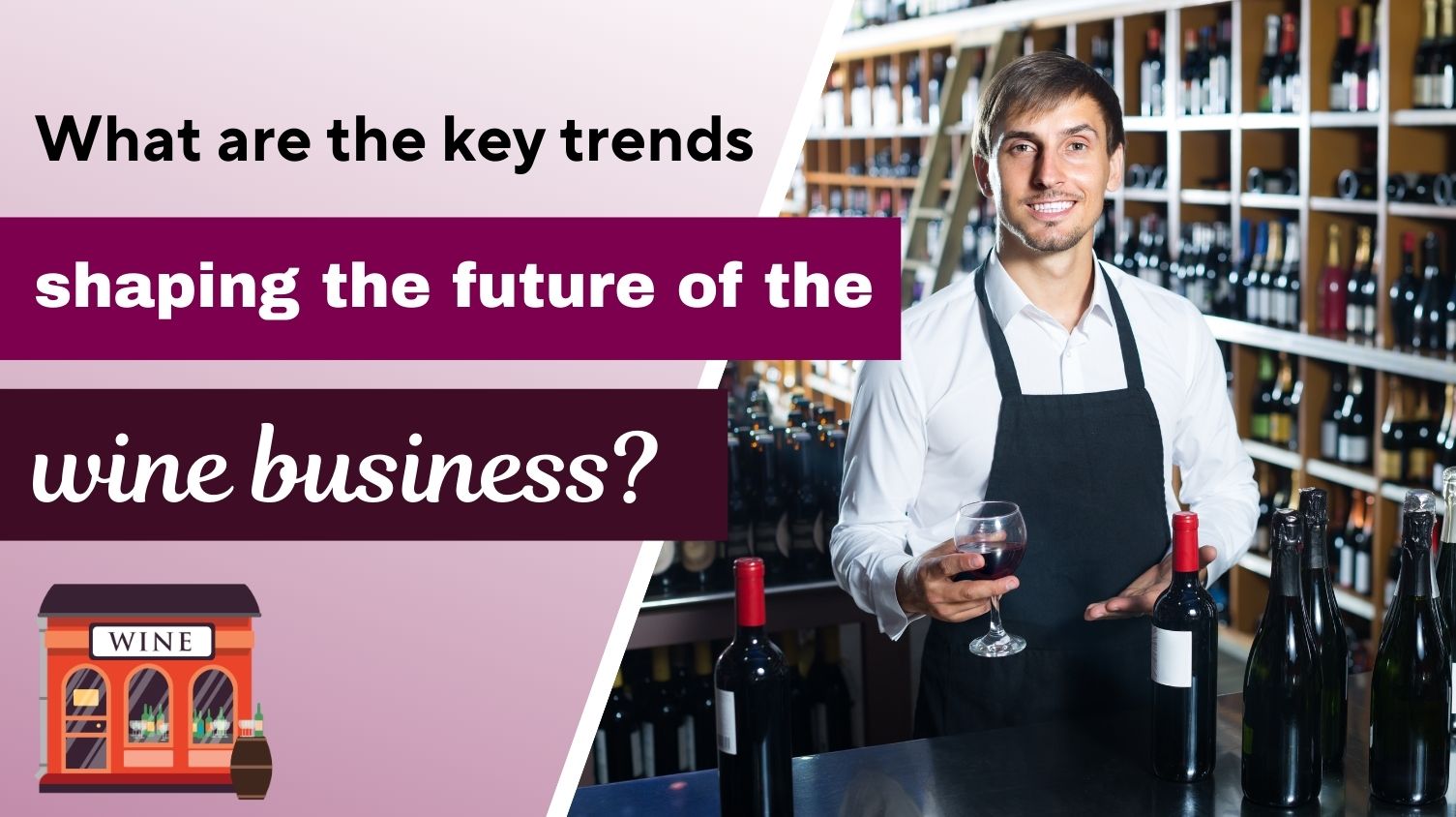
Introduction
The wine industry is changing fast due to new consumer habits, climate change, and advancing technology. Wineries, retailers, and distributors need to keep up with these trends to stay competitive.
1. Younger Generations Are Changing Wine Drinking
Millennials and Gen Z drink differently than Baby Boomers:
Prefer craft beer, spirits, and non-alcoholic drinks
Value experiences over traditional wine culture
Support eco-friendly and ethical brands
To attract them, wineries should focus on social media, digital marketing, and engaging storytelling.
2. More Demand for Low-Alcohol and Non-Alcoholic Wines
Health-conscious consumers are shifting towards alcohol-free or low-alcohol wines due to:
Growing wellness trends
More mindful drinking habits
Improved alcohol-removal technology
Wineries producing high-quality non-alcoholic wines are gaining a competitive edge.
3. Climate Change Is Impacting Wine Production
Rising temperatures and unpredictable weather are changing wine regions:
Harvests are happening earlier
Some grape varieties are struggling, while drought-resistant ones are thriving
New wine regions are emerging in cooler climates
Wineries must adapt to stay ahead.
4. Premium Wines Are in High Demand
Despite rising costs, consumers are willing to pay more for quality wines:
$30 is becoming the new standard for a quality bottle
People value craftsmanship and authenticity
Limited-production wines are attracting more buyers
Wineries focusing on high-quality, small-batch production will thrive.
5. Sustainability Matters More Than Ever
Eco-conscious consumers prefer wines that are:
Organic and biodynamic
Vegan-friendly and natural
Made with low-intervention methods
Wineries adopting sustainable practices will have an advantage.
6. Growing Interest in Lesser-Known Wine Regions
With prices rising in famous wine regions, consumers are exploring alternatives:
Eastern Europe and South America are becoming popular
Uncommon grape varieties are gaining attention
These regions offer high-quality wines at better prices
This trend is expanding the global wine map.
7. Technology and Online Sales Are Growing
Digital tools are reshaping wine sales:
E-commerce is now a major sales channel
AI helps suggest wines based on customer preferences
Subscription and direct-to-consumer (DTC) models are expanding
Technology is making wine shopping more personalized and convenient.
8. Economic and Regulatory Challenges
The wine industry faces financial and policy changes:
New alcohol taxes are affecting prices
Trade agreements impact global exports
Economic downturns influence consumer spending
Wineries need to stay informed and adaptable.
FAQs
What are the biggest wine trends in 2025?
Key trends include younger consumer preferences, non-alcoholic wines, climate change adaptation, sustainability, and premiumization.Why are Millennials and Gen Z drinking less wine?
They prefer craft beer, spirits, and alcohol-free options and value experiences over traditional wine culture.How is climate change affecting wine production?
Rising temperatures and unpredictable weather are leading to earlier harvests and the rise of new wine regions.What is premiumization in wine?
Consumers are willing to pay more for high-quality wines, with $30 becoming the new standard for a premium bottle.Why is sustainability important in wine production?
More people are looking for organic, eco-friendly wines, pushing wineries to adopt greener practices.How is technology changing the wine industry?
E-commerce, AI-driven recommendations, and direct-to-consumer sales are making wine more accessible and personalized.
Conclusion
The wine industry in 2025 is evolving with changing consumer habits, climate shifts, and digital advancements. Wineries that embrace sustainability, innovation, and online engagement will succeed in this dynamic market.

